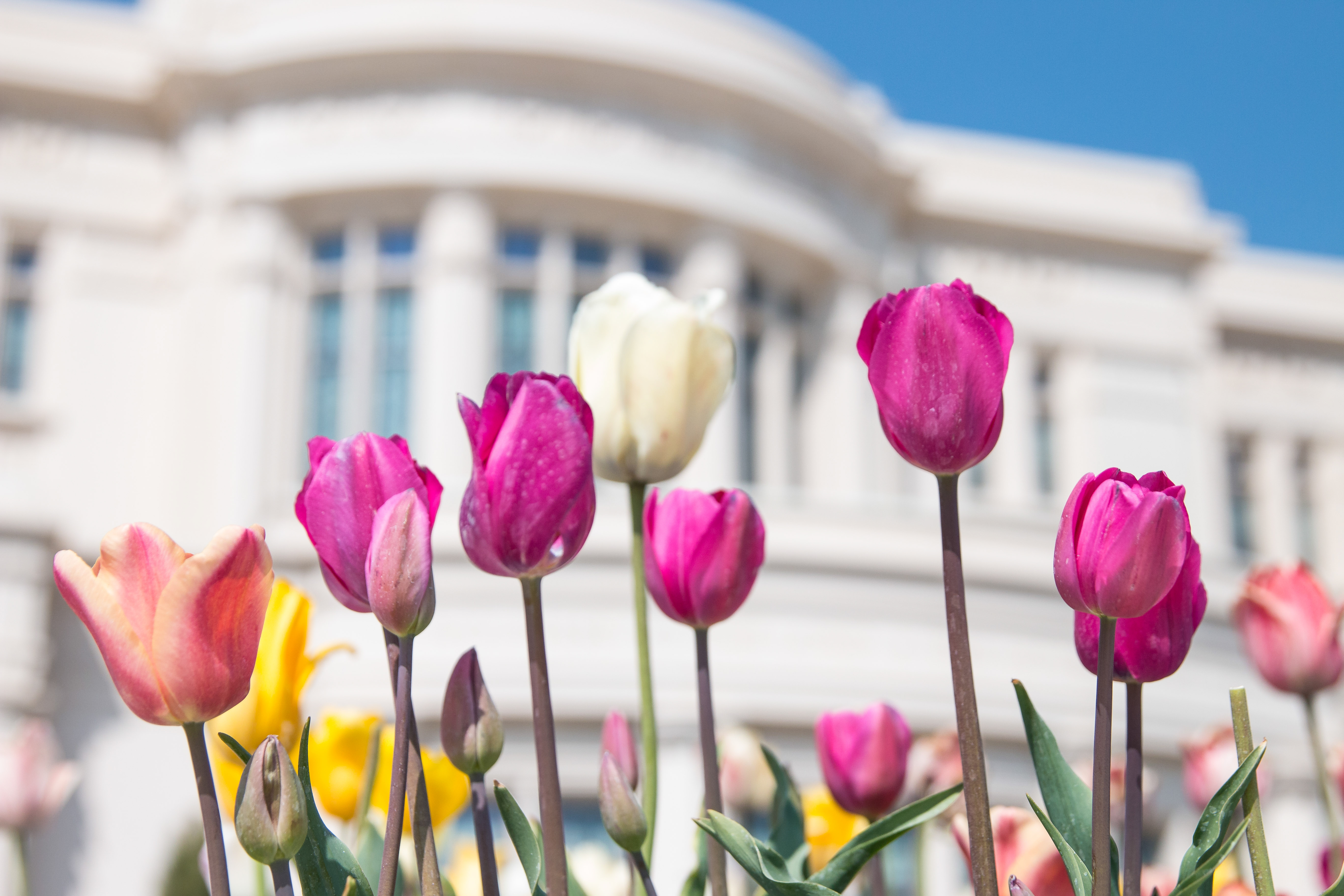LDS author and BYU religion professor Anthony Sweat opened the 2016 Education Week Monday morning by speaking on the meaning and history of the endowment.
“My impression is (the Church) talks more about the endowment than we do as lay members of the Church,” Sweat said referencing the youtube video featuring the sacred temple robes.

Sweat began by asking the audience to clearly define the purpose of the endowment ritual in one sentence. According to Sweat, the endowment is the power and capacity to part the veil and enjoy God’s presence.
“I want to treat sacred things sacred. But at the same time we need to be able to talk about the fundamental nature of things,” Sweat said. “If we don’t know the why behind our behaviors we lose the power in our actions. I’m just convinced of that. The more we know the why, the more power we have in our behaviors.”
Sweat currently teaches Doctrine and Covenants at BYU and feels the Doctrine and Covenants hold the most information and teachings regarding the endowment.
Sweat explained that the majority of the church had gathered in Ohio by 1831. Here, Joseph Smith shared a revelation in the June 1831 church conference that the saints were to receive an endowment, meaning power or capacity. This meeting was arguably one of the most important church gatherings in the modern dispensation, as Joseph Smith introduced the endowment ritual here.

“The Joseph Smith translation of Genesis says high priests have the power to stand in the presence of God, meaning the high priests have the power to part the veil and to have God minister to them,” Sweat said. “Joseph said I’m going to give you that power, I’m going to make you modern day high priests like Melkizedek.”
It was during the school of the prophets as well as the dedication of the Kirtland temple that this promise was brought to pass for many.
“There was an endowing presence in Kirtland perhaps that has never been equalled in this dispensation because of the manner in which they prepared themselves and committed to these principles,” Sweat said. “Literally God came, not just God but many people came during this time to visit.”
The endowment ritual in modern days is to teach those who attend the temple a pattern to learn how to part the veil and enter the presence of God in this life or the next, Sweat said.
In closing, Sweat gave an analogy referencing the royalty and kings of old. When a commoner was summoned to meet with the king, they would first show their invitation at the door. The commoner would then be taken in, washed, dressed in appropriate ceremonial clothing and instructed on ceremonial rituals such as when to bow. It was then that the individual would be taken in to see the king.
“(Reflect upon) the journey of taking commoners like you and I, washing us, purifying us, teaching us the ordinances, covenants, giving us the power and capacity to one day, whether in this life or the next, pass through the veil coming unto the presence of God,” Sweat said.
Find up to the minute coverage of everything Education Week at Universe.byu.edu




